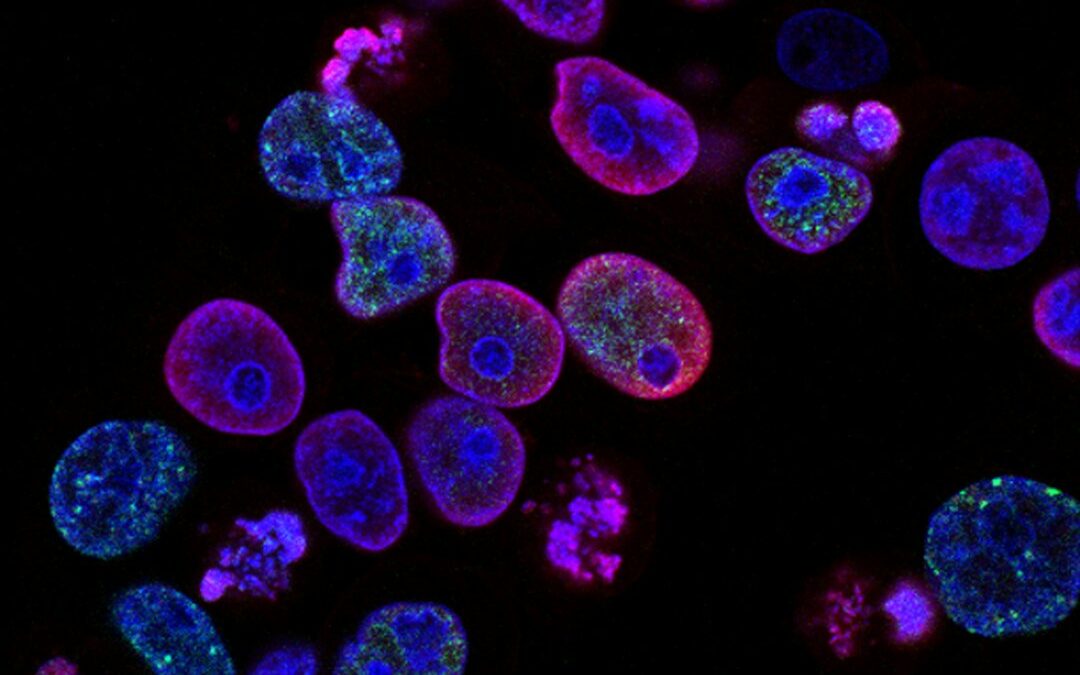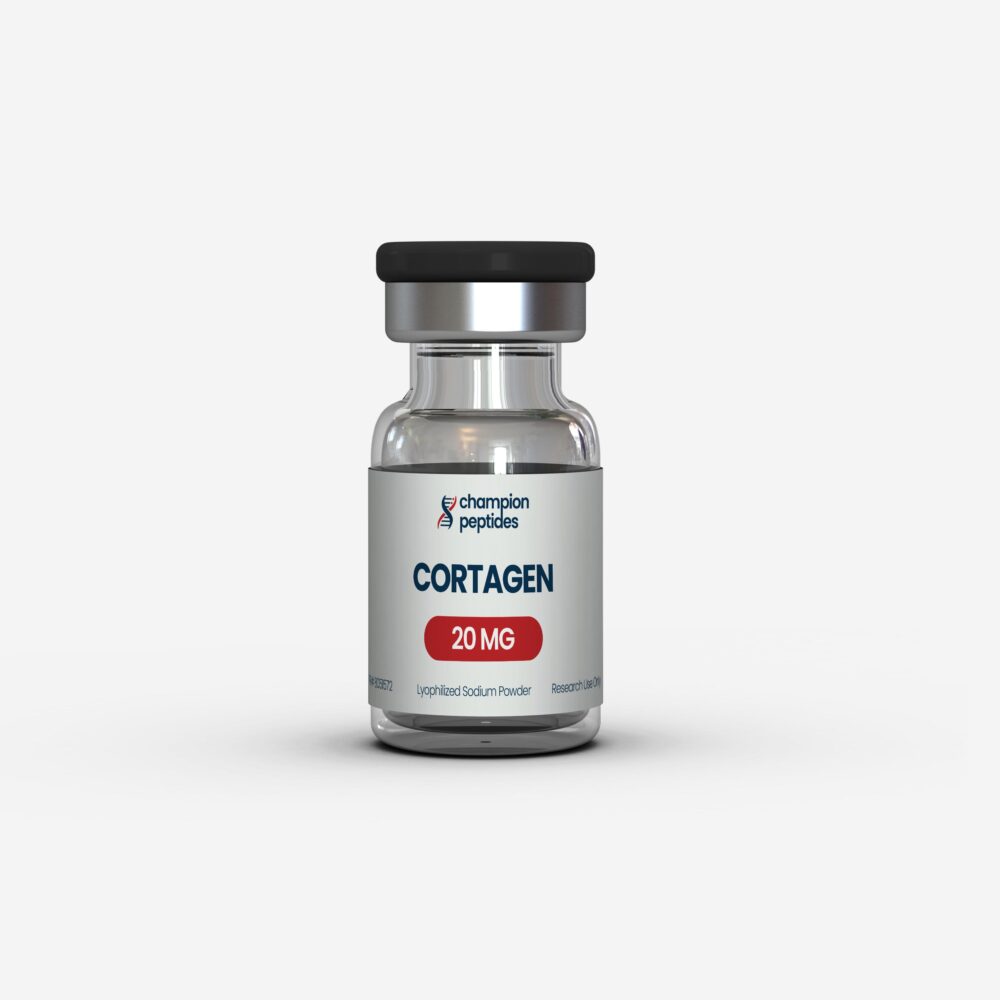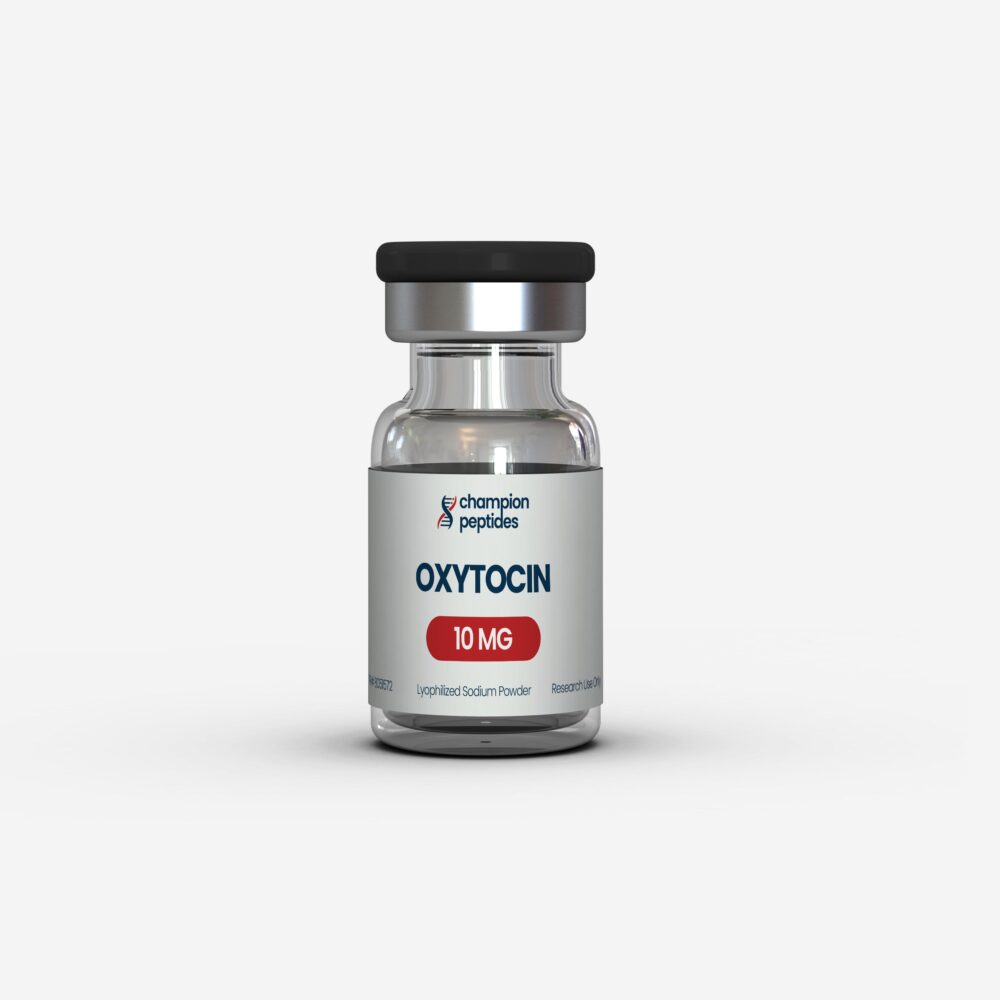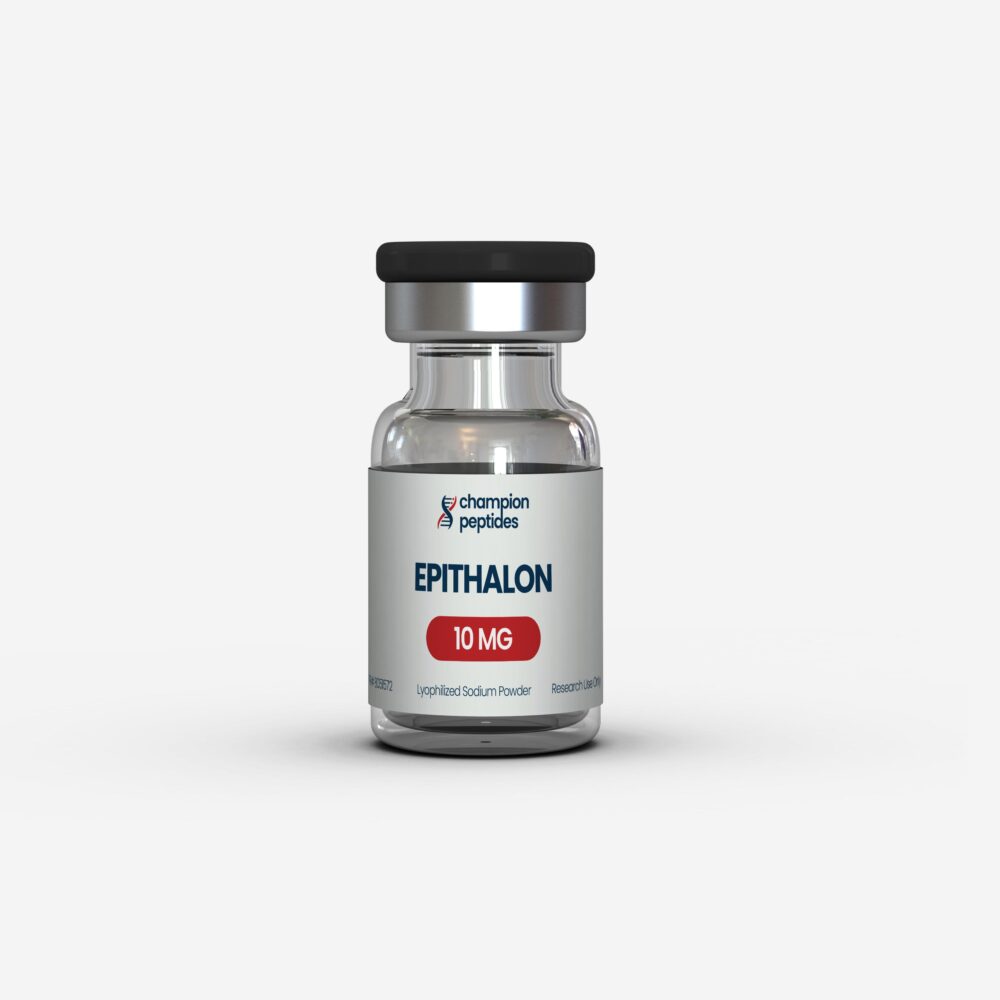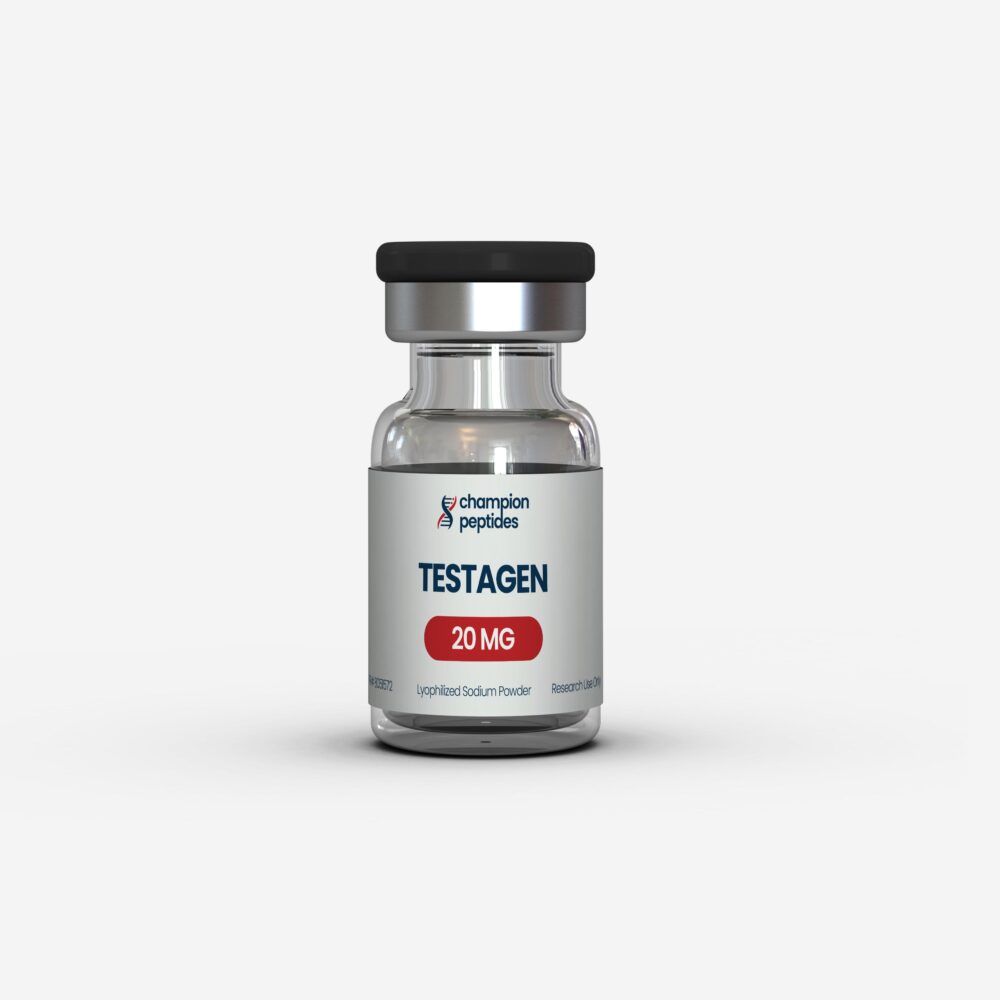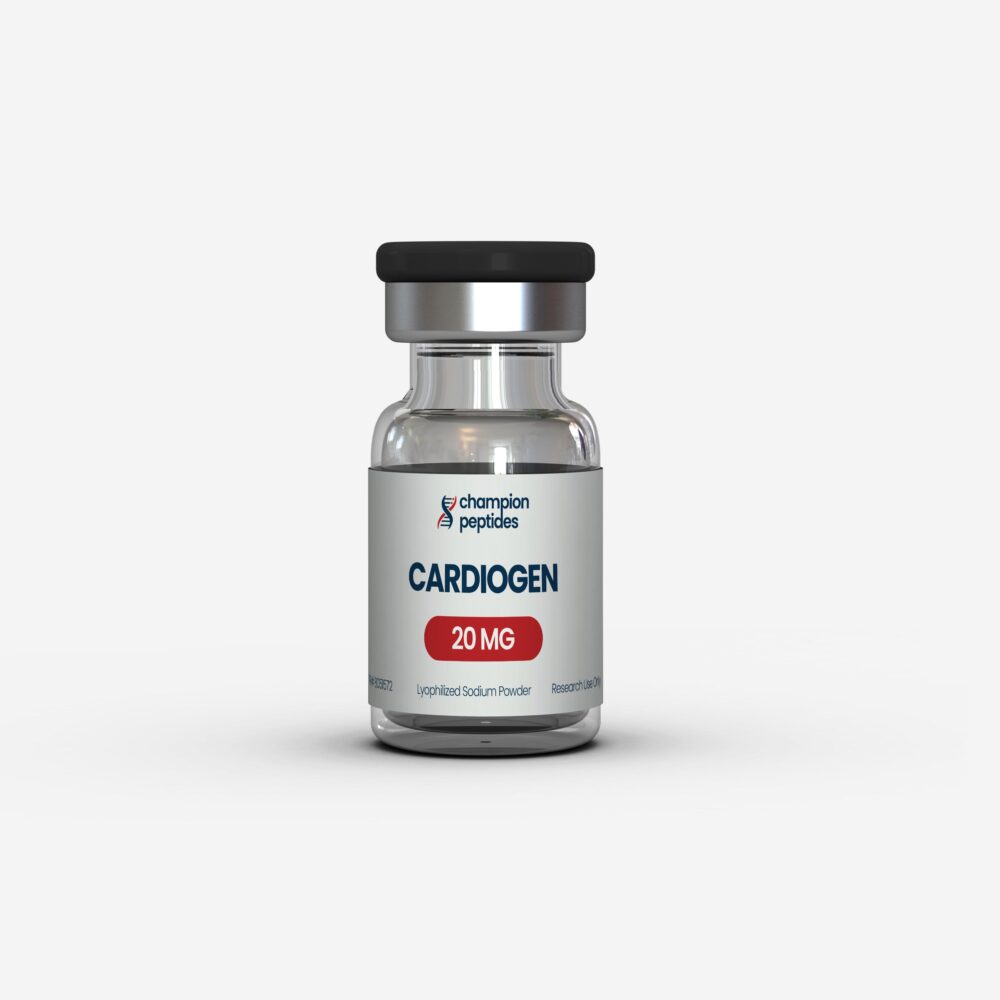- KPV demonstrates significant anti-inflammatory effects through melanocortin receptor modulation with 50-75% reduction in inflammatory markers
- Triple-action mechanism targeting NLRP3 inflammasome, oxidative stress, and cellular protection pathways
- Clinical applications span from inflammatory bowel disease to skin protection with 96% efficacy in vitiligo treatment models
- Novel delivery systems including targeted liposomes show enhanced bioavailability and tissue-specific effects
- Superior safety profile compared to traditional anti-inflammatory compounds with minimal adverse effects reported
Contents
Scientific Overview and Mechanisms
The KPV peptide, a tripeptide sequence derived from α-melanocyte-stimulating hormone (α-MSH), represents one of the most promising anti-inflammatory compounds in contemporary peptide research. This bioactive sequence demonstrates remarkable therapeutic potential through its interaction with melanocortin receptors and downstream inflammatory pathways.
Recent investigations have revealed that peptide therapeutics like KPV operate through sophisticated cellular mechanisms that extend far beyond traditional anti-inflammatory approaches. The lysine-proline-valine sequence exhibits unique properties in modulating immune responses while maintaining cellular integrity and promoting tissue repair processes.
KPV functions primarily through melanocortin receptor activation, particularly MC1R and MC3R, leading to downstream effects on inflammatory cascades. The peptide’s mechanism involves inhibition of nuclear factor-kappa B (NF-κB) signaling, reduction of pro-inflammatory cytokine production, and enhancement of cellular antioxidant defenses. These actions result in comprehensive anti-inflammatory effects that address both acute and chronic inflammatory conditions.
The compound’s molecular structure allows for efficient cellular penetration and targeted action at sites of inflammation. Unlike conventional anti-inflammatory agents that often suppress immune function broadly, this peptide demonstrates selective anti-inflammatory activity while preserving essential immune responses. This selectivity makes laboratory studies particularly valuable for understanding nuanced inflammatory processes and developing targeted therapeutic approaches.
KPV Research Dosage Protocols
Comprehensive laboratory investigations have established detailed dosing protocols for various research applications of these peptides. The optimal research concentrations vary significantly based on experimental objectives, cellular models, and intended outcomes.
| Research Application | Concentration Range | Administration Method | Study Duration | Observed Outcomes |
|---|---|---|---|---|
| In vitro inflammatory models | 1-100 μM | Direct application | 2-48 hours | 50-75% reduction in inflammatory markers |
| Skin protection studies | 50 μg/mL | Topical application | 24-72 hours | Significant reduction in oxidative damage |
| Gastrointestinal research | 10-50 mg/kg | Oral/systemic delivery | 1-4 weeks | Improved epithelial barrier function |
| Cardiovascular studies | 5-25 mg/kg | Intravenous administration | 2-8 weeks | Reduced vascular calcification |
| Neuroinflammation models | 0.1-1 mg/kg | Intranasal/systemic | 1-12 weeks | Enhanced neuroprotection |
Research protocols demonstrate that effective concentrations depend heavily on the specific inflammatory model and target tissue. Laboratory-grade preparations require careful consideration of delivery methods to ensure optimal bioavailability and target engagement.
Recent studies indicate that lower concentrations often prove more effective for sustained anti-inflammatory effects, while higher concentrations may be necessary for acute intervention studies. The peptide’s stability profile allows for extended experimental periods, making it particularly valuable for chronic inflammation research models.
Delivery system optimization has become a critical factor in research applications. Novel formulations including liposomal preparations and targeted delivery systems have shown enhanced efficacy at lower concentrations, suggesting improved tissue penetration and cellular uptake mechanisms.
Clinical Research Evidence
Recent Studies (2024-2025)
The current research landscape for KPV peptide applications has expanded dramatically, with groundbreaking studies revealing unprecedented therapeutic potential across multiple disease models. These investigations provide compelling evidence for the compound’s versatility and efficacy in addressing diverse inflammatory conditions.
Zeng et al. (2025) conducted pivotal research demonstrating the peptide’s role in treating vitiligo through targeted melanocyte protection. Their study revealed that melanocyte-specific delivery using modified liposomes carrying therapeutic compounds significantly alleviated vitiligo development in mouse models. The research showed that disrupted NLRP3 autophagic degradation in melanocytes contributes to vitiligo pathogenesis, and targeted intervention achieved remarkable therapeutic outcomes with minimal systemic effects.
In groundbreaking environmental health research, Sung et al. (2025) investigated the protective effects against fine particulate matter-induced cellular damage. Their comprehensive study demonstrated that the peptide effectively mitigated PM10-induced keratinocyte apoptosis and inflammation through regulation of oxidative stress and modulation of MAPK/NF-κB pathways. The research revealed significant reductions in reactive oxygen species production and inflammatory cytokine release, establishing new paradigms for environmental protection strategies.
Revolutionary delivery system research by Jeong et al. (2025) introduced multicompartmental hydrogel microspheres with concentric oil layers for enhanced oral delivery. This innovative approach addresses critical challenges in therapeutic delivery for inflammatory bowel disease applications. The study demonstrated that specialized delivery systems can significantly improve therapeutic efficacy while protecting active compounds from harsh digestive environments.
Zhang et al. (2024) reported breakthrough findings in cardiovascular applications through carrier-free nanodrug development. Their research demonstrated that self-assembled nanoparticles combining anti-inflammatory peptides with autophagy activators effectively inhibited vascular calcification in mouse models. The study revealed that this combination therapy significantly outperformed individual treatments, suggesting synergistic mechanisms in cardiovascular protection.
Cutting-edge research by Zhang et al. (2024) explored PepT1-targeted nanodrug applications for inflammatory bowel disease treatment. Their comprehensive investigation demonstrated that co-assembly approaches combining anti-inflammatory peptides with immunosuppressants achieved superior therapeutic outcomes in both acute and chronic colitis models. The study showed significant improvements in disease activity indices, inflammatory marker reduction, and epithelial barrier restoration.
Li et al. (2024) conducted innovative research on growth factor-loaded temperature-sensitive hydrogels as biomimetic mucus for ulcerative colitis treatment. Their study incorporated the peptide alongside other bioactive factors in advanced delivery systems that demonstrated remarkable efficacy in repairing mucosal barriers. The research revealed significant improvements in colonic epithelium restoration and tight junction protein expression, establishing new approaches for gastrointestinal therapeutic applications.
Marotti et al. (2023) developed sophisticated nanoparticle platforms for combined mucosal healing and immunomodulation in inflammatory bowel disease treatment. Their research demonstrated that hybrid lipid hyaluronate-conjugated nanocarriers loaded with therapeutic compounds achieved superior outcomes compared to conventional treatments. The study showed that surface functionalization with the peptide induced targeted immunosuppression while promoting mucosal healing.
Mechanistic Research Insights
Advanced mechanistic studies have revealed that the peptide operates through multiple interconnected pathways that collectively produce potent anti-inflammatory effects. These investigations demonstrate that the compound’s efficacy stems from its ability to simultaneously target inflammatory initiation, propagation, and resolution phases.
The peptide’s interaction with melanocortin receptors triggers cascading effects that extend beyond simple receptor activation. Recent research indicates that the compound influences epigenetic modifications, leading to sustained anti-inflammatory gene expression patterns. This mechanism explains the peptide’s ability to produce long-lasting therapeutic effects even after treatment discontinuation.
Research Community Perspectives
The scientific research community has shown increasing interest in anti-inflammatory peptide applications, with particular focus on understanding optimal implementation strategies and potential synergistic combinations. Research interest indicators from various scientific forums suggest growing recognition of the peptide’s unique therapeutic profile.
Investigators frequently discuss the compound’s advantages over traditional anti-inflammatory agents, particularly regarding its selective action mechanisms and reduced side effect profiles. Community research trends indicate strong interest in combination therapies and novel delivery approaches that could enhance therapeutic efficacy.
Recent research community discussions highlight the peptide’s potential in addressing treatment-resistant inflammatory conditions where conventional therapies have shown limitations. Comparative studies with other peptide therapeutics suggest unique mechanistic advantages that warrant continued investigation.
The research landscape increasingly emphasizes personalized medicine approaches, with investigators exploring how individual inflammatory profiles might influence optimal therapeutic strategies. This personalized approach represents a significant evolution in anti-inflammatory research methodologies.
Research Applications and Laboratory Access
Contemporary research applications for KPV peptide span multiple therapeutic areas, with investigators exploring novel approaches to inflammatory disease management. Laboratory protocols have evolved to incorporate advanced delivery systems and combination therapies that maximize therapeutic potential while minimizing adverse effects.
Gastrointestinal research applications focus on inflammatory bowel disease models, where the peptide demonstrates remarkable efficacy in promoting mucosal healing and reducing inflammatory responses. Research protocols emphasize the importance of targeted delivery systems that can navigate harsh digestive environments while maintaining therapeutic activity.
Dermatological research applications explore the compound’s potential in treating various skin inflammatory conditions, including environmental damage protection and autoimmune skin disorders. Laboratory studies consistently demonstrate significant improvements in cellular protection and inflammatory marker reduction.
Cardiovascular research applications investigate the peptide’s role in preventing and treating vascular inflammation, particularly in calcification processes. Research protocols in this area often combine the peptide with other therapeutic compounds to achieve synergistic cardiovascular protection.
Neuroinflammation research applications focus on the compound’s neuroprotective properties and potential applications in neurodegenerative conditions. Laboratory studies emphasize the importance of delivery methods that can effectively cross the blood-brain barrier while maintaining therapeutic concentrations.
Research access for these compounds requires adherence to strict laboratory protocols and regulatory guidelines. All applications must maintain compliance with research-only designations and appropriate institutional oversight. Laboratory personnel should ensure proper storage, handling, and disposal procedures are followed according to established safety protocols.
Frequently Asked Questions
What are the primary KPV peptide benefits observed in research studies?
Research demonstrates that KPV peptide provides significant anti-inflammatory benefits through melanocortin receptor modulation. Laboratory studies show 50-75% reductions in inflammatory markers, enhanced cellular protection against oxidative stress, and improved tissue repair mechanisms. These compounds are intended for research purposes only and require proper laboratory protocols for investigation.
How does KPV peptide dosage affect research outcomes in laboratory studies?
Research protocols indicate that KPV peptide dosage significantly influences experimental outcomes, with optimal concentrations ranging from 1-100 μM for in vitro studies and 0.1-50 mg/kg for in vivo research models. Lower concentrations often prove more effective for sustained anti-inflammatory effects, while higher doses may be necessary for acute intervention studies. Proper dosing protocols must be established based on specific research objectives.
What are the reported KPV peptide side effects in research models?
Laboratory research indicates minimal adverse effects with KPV peptide applications across various experimental models. Studies report excellent safety profiles with no significant toxic effects observed at therapeutic concentrations. Research demonstrates superior tolerability compared to conventional anti-inflammatory compounds, though all investigations must maintain appropriate safety protocols for research applications only.
Can KPV peptide research help with cancer-related inflammatory processes?
Preliminary research suggests KPV peptide may influence cancer-related inflammatory pathways through NLRP3 inflammasome modulation and cellular protection mechanisms. However, comprehensive cancer research requires extensive investigation before any conclusions can be drawn. Specialized research compounds are available for qualified investigators studying these complex interactions under appropriate institutional protocols.
How do KPV capsules compare to other peptide formulations in research applications?
Research indicates that KPV capsule formulations offer advantages in gastrointestinal studies due to targeted delivery and protection from degradation. However, optimal formulation depends on specific research objectives, with some studies requiring injectable preparations or specialized delivery systems. Laboratory protocols must consider bioavailability, stability, and target tissue accessibility when selecting appropriate formulations for research purposes only.
What is the relationship between KPV and BPC-157 in research applications?
Research suggests potential synergistic effects between KPV and BPC-157 peptides, particularly in gastrointestinal and tissue repair applications. Both compounds demonstrate complementary anti-inflammatory mechanisms, with KPV focusing on melanocortin pathways and BPC-157 targeting growth factor signaling. Combination research protocols require careful consideration of dosing, timing, and interaction effects under appropriate laboratory conditions.
How does KPV peptide work in bodybuilding and performance research contexts?
Research applications in exercise physiology focus on KPV peptide’s anti-inflammatory and recovery-promoting properties rather than direct performance enhancement. Laboratory studies investigate the compound’s potential in reducing exercise-induced inflammation and supporting tissue repair processes. All research must maintain strict protocols acknowledging these compounds are for research purposes only and not intended for human consumption or performance enhancement.
What do research communities on platforms like Reddit report about KPV peptide benefits?
Research interest indicators from scientific communities suggest growing recognition of KPV peptide’s unique anti-inflammatory profile and therapeutic potential. Discussions often focus on optimal research protocols, delivery methods, and potential applications in various inflammatory conditions. These community perspectives serve as valuable indicators of research trends and areas requiring further scientific investigation under proper laboratory conditions.
Conclusion
The research landscape for KPV peptide continues to evolve rapidly, with mounting evidence supporting its potential as a revolutionary anti-inflammatory therapeutic agent. Contemporary investigations demonstrate that this tripeptide sequence offers unique advantages over conventional anti-inflammatory approaches through its selective mechanism of action and superior safety profile.
Recent clinical research evidence establishes KPV as a versatile compound with applications spanning gastrointestinal, dermatological, cardiovascular, and neurological inflammatory conditions. The peptide’s ability to simultaneously target multiple inflammatory pathways while preserving essential immune functions represents a significant advancement in therapeutic development.
The development of sophisticated delivery systems and combination therapies has further enhanced the compound’s therapeutic potential, with novel formulations demonstrating improved bioavailability and tissue-specific targeting. These advances position KPV peptide research at the forefront of next-generation anti-inflammatory therapeutic development.
Advanced peptide research continues to reveal new applications and optimization strategies for this remarkable compound. The growing body of evidence supports continued investigation into KPV peptide’s therapeutic potential across diverse inflammatory conditions, with particular emphasis on personalized medicine approaches and precision delivery systems.
As research progresses, KPV peptide represents a paradigm shift toward more sophisticated, targeted anti-inflammatory interventions that could revolutionize treatment approaches for numerous inflammatory diseases. The compound’s unique profile establishes it as an essential component of contemporary peptide research portfolios for qualified investigators exploring innovative therapeutic solutions.
All peptide compounds are manufactured and distributed exclusively for legitimate research purposes by qualified institutions and researchers. Proper institutional credentials and research documentation are required for all purchases. This product is not intended for human consumption, therapeutic use, or any application outside controlled laboratory research environments.

